Harvesting Soybeans
All Harvesting Soybeans Content
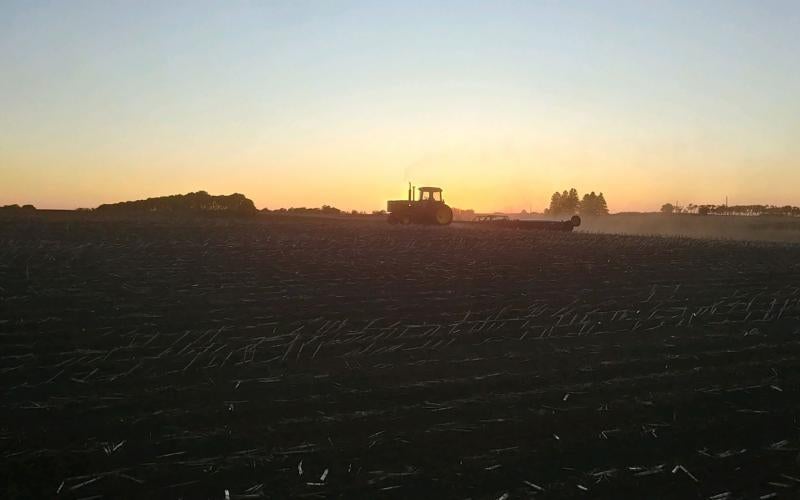
Soybean Rolling: Yield Effects
Land rolling soybeans has become a common management practice in many areas of South Dakota. The main reason for using a land roller on soybean fields is to push down rocks and level the soil surface for harvest, in theory reducing the amount of rocks and other debris that can potentially damage a combine header.
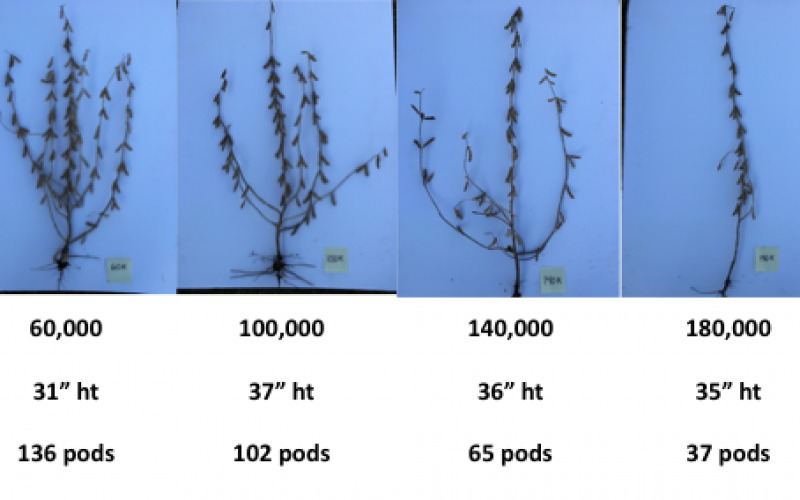
Soybean Planting Population: A Review
There have been reports in recent years that agronomists in states such as Iowa, Nebraska and Wisconsin have observed success when reducing soybean planting populations.

A Few Considerations for Fall and Winter Grain Storage
Proper grain storage during fall and winter is essential to ensuring a successful harvest. Learn some expert tips for managing stored grain pests and maintaining an ideal bin environment for post-harvest grain storage.

Sunflower & Oilseeds
There are times when sunflower producers need unbiased answers. That’s what we are here for.
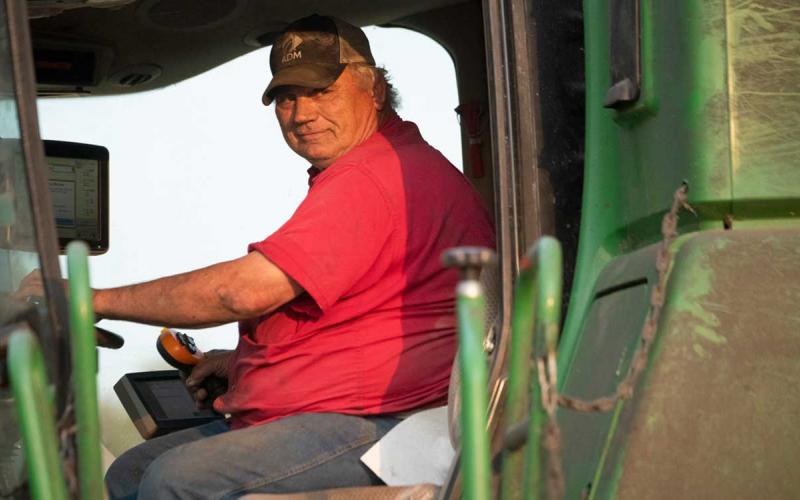
Comprehensive Guide to Grain Yield Monitoring Systems
A comprehensive guide to grain yield monitoring systems

Evidence That Combines Can Transport Weed Seeds
A combine deliberately harvests crop grain, but it can also unintentionally transport weed seeds. Learn some tips for cleaning equipment and containing residues during harvest to prevent weeds from spreading this fall.
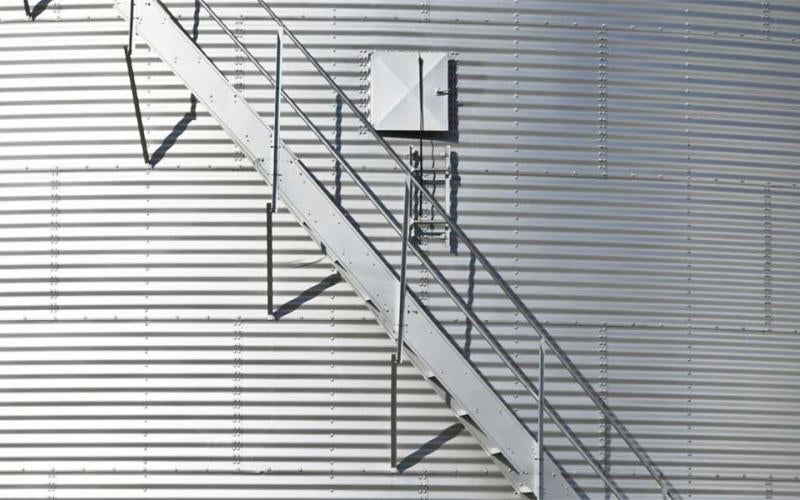
Grain Bin Safety Improvements
One major area of concern during fall harvest is producer safety in and around grain bins. Let’s examine some of the changes that producers could make to their current bins, which will help make them safer.
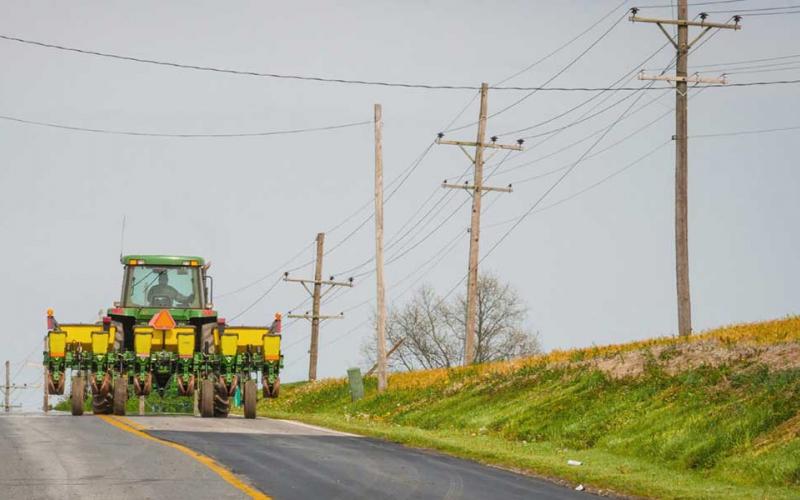
Agricultural Safety Around Overhead Lines
Every year farmers are injured or killed in electricity-related accidents. Assessing the electrocution hazards around your farm and fields and developing a safety plan for your operation can save lives.
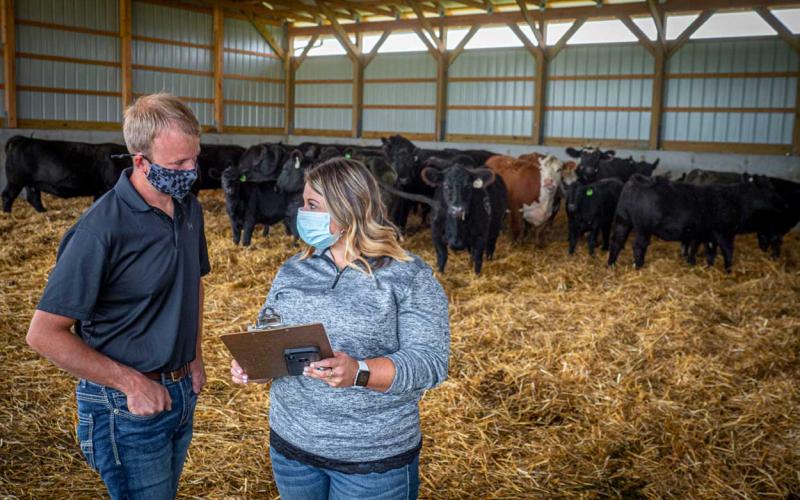
COVID-19 Tips for Farms and Ranches
Continuing to keep employees and family members healthy through the COVID-19 pandemic will require extra effort as you enter the busy time of fall harvest.
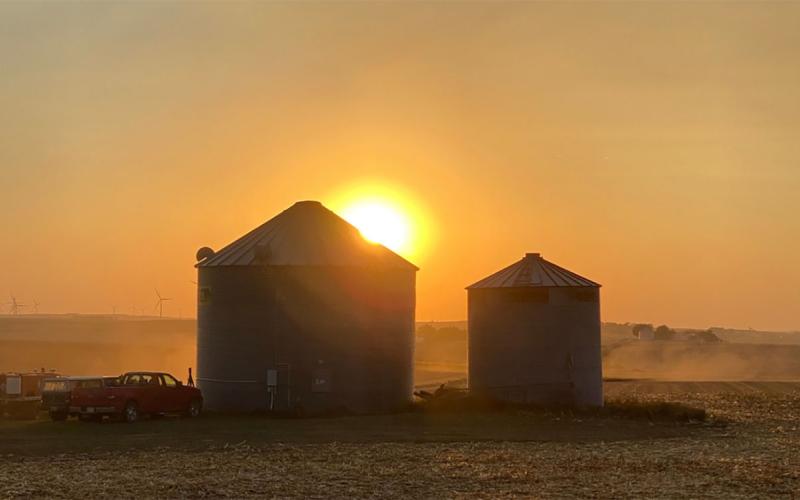
Inspecting Grain Bins After a Windstorm
Due to their high profile and light structure, metal grain bins are highly susceptible to wind damage. View a step-by-step guide for inspecting them in the aftermath of a windstorm.